Bayan Ancient Road Tourist Area
Release time:
2018-07-19
to"Old" is known. The ancient Bayan Road was formed at the end of the Neolithic period, earlier than the Xia Dynasty. It is the ancient road into Shu on the south bank of the Three Gorges of the Yangtze River.4More than 000 years old, its origin can be traced back to prehistoric civilization, and it was the first path for ancient human beings to move from Enshi Gexin Valley to the world. The "Shinan First Best" section of Bayan Ancient Road is located at the intersection of Ba culture, Bayu culture, and Bashu culture in southwestern Hubei. It is a complex of ancient official roads, commercial roads, military roads, and salt roads. It is also beautiful. The best surviving in the Three Gorges Ancient Salt Road is called the "historical highway"It was hailed as China's fifth largest by China's National GeographicAncient Road.The scenic spots along the way are Lagerstroemia Myrtle and Shimen.AncientBridge, Shimen Post Station, Terminal Pavilion, Ba Yan Cave,Shari Cave,Shimenguan, Shinan First Best, Shimen Buddha (Temple) Cave, Shihu Mountain and other attractions.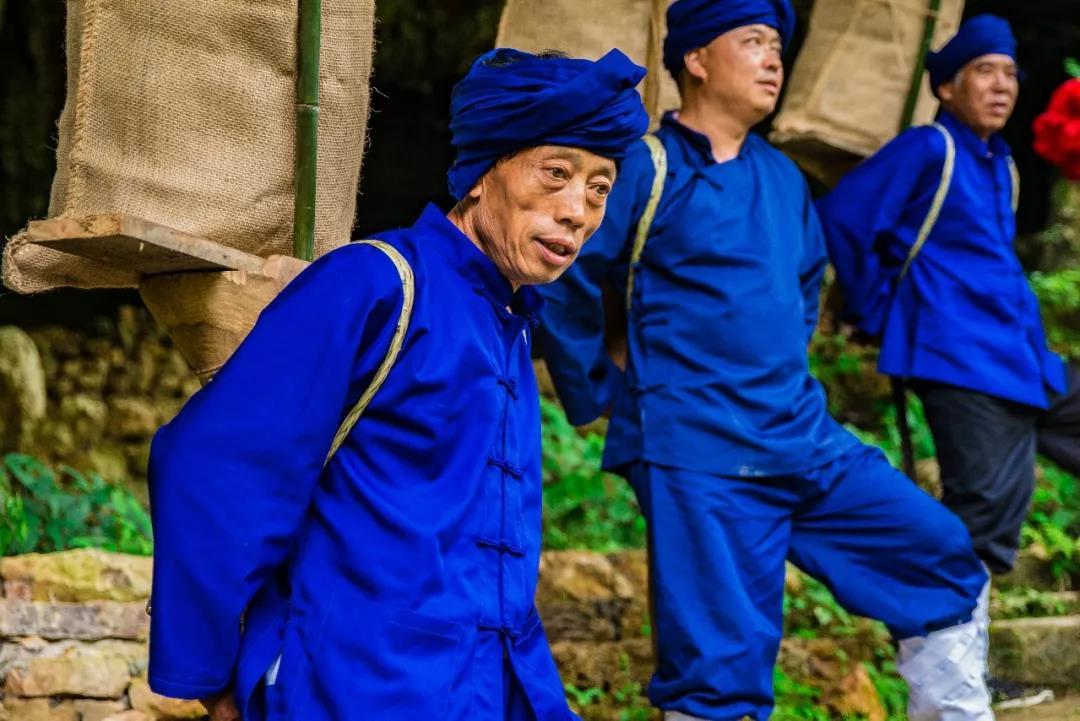

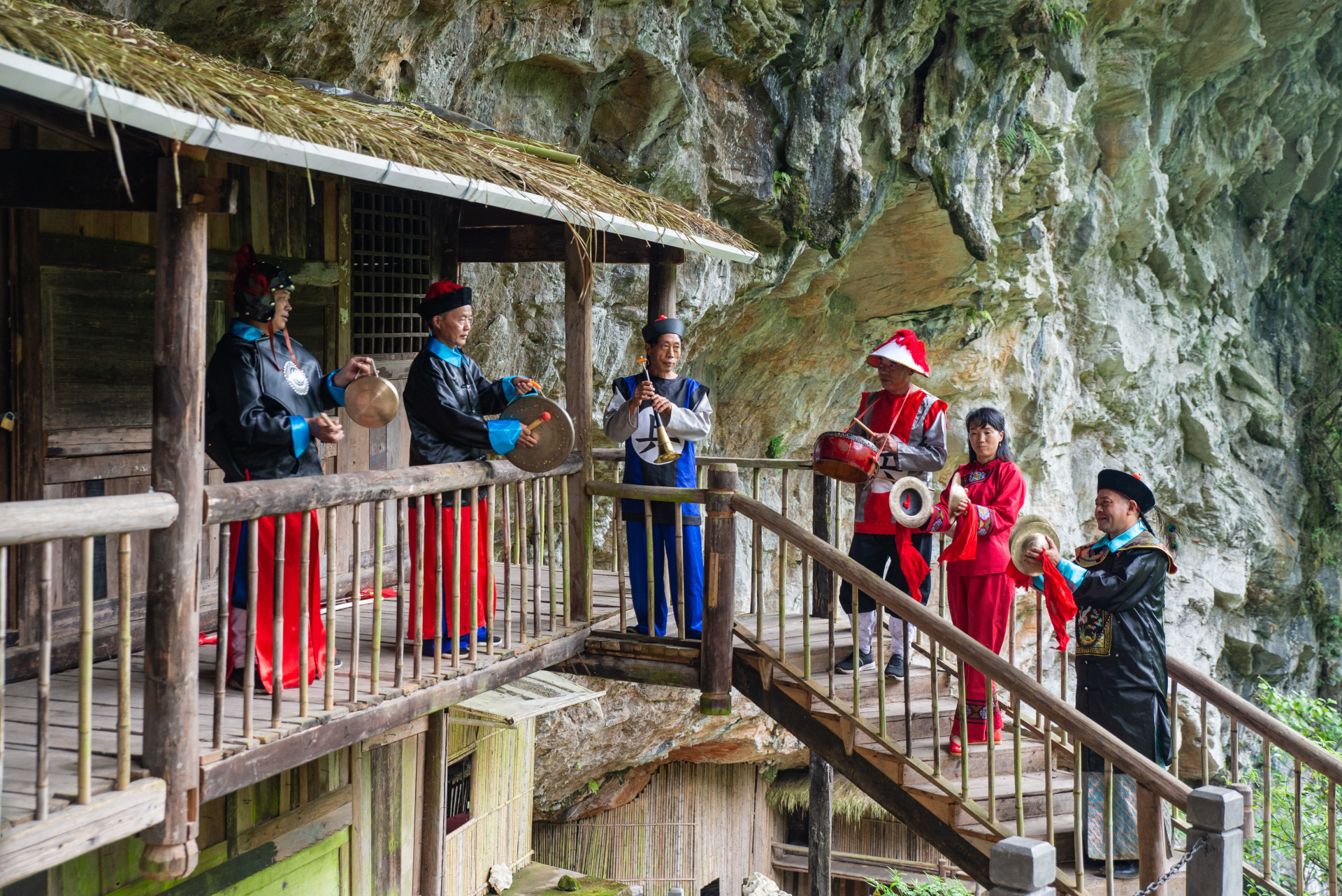
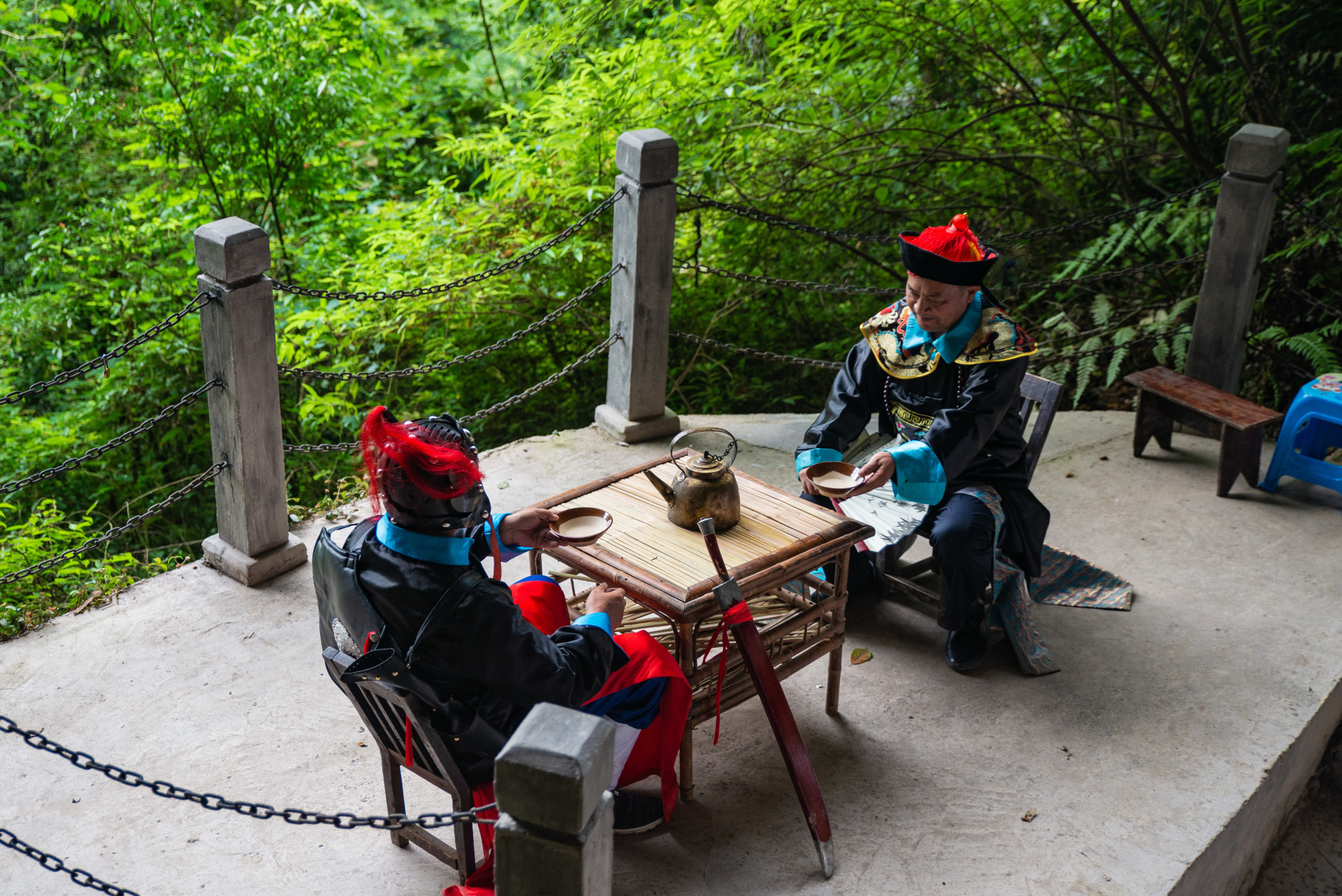
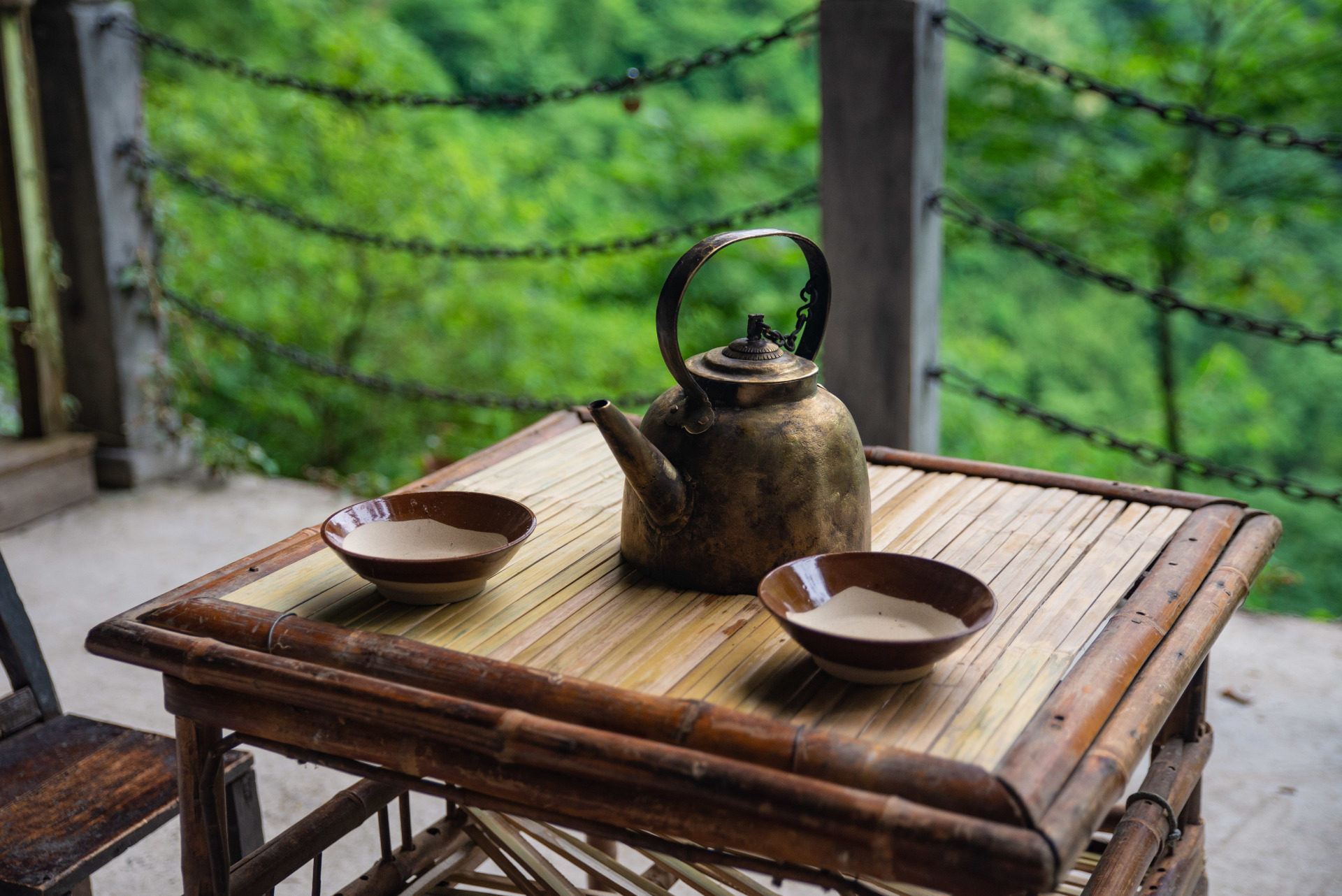
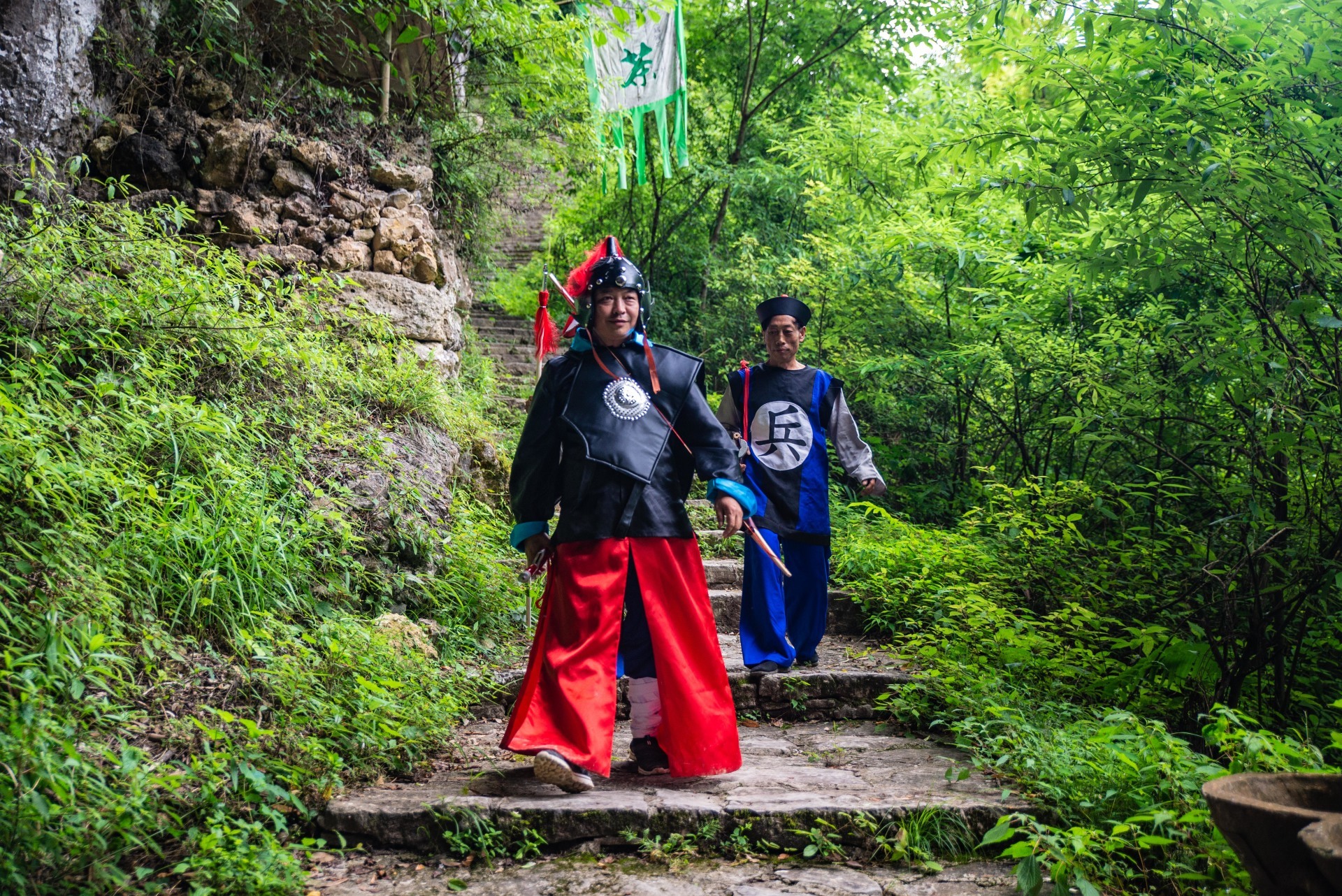

Previous page: Heavenly moat in the heart of the earth
Next page: None
Related News

 WeChat
WeChat